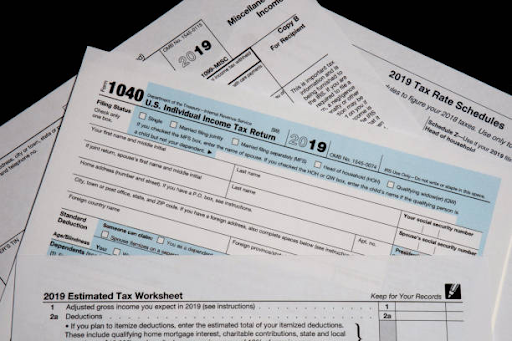
A recent report from the Joint Committee on Taxation (JCT) delves into the intricate tapestry of tax trends spanning the last 75 years, offering key insights into the historical evolution of federal receipts. With projections for 2018, the report provides a nuanced understanding of the changing dynamics within the U.S. tax landscape. Notably, it highlights the enduring significance of individual income tax, the evolving role of corporate income taxes, and the distributional impact of the Tax Cuts and Jobs Act.
Individual Income Tax Dominance
Despite the transformative alterations brought about by the Tax Cuts and Jobs Act, the JCT projects that individual income tax will continue to reign as the primary contributor, constituting 50.0% of federal receipts in 2018. This finding underscores the resilience of individual income tax as the linchpin of federal revenue. Historical tables maintained by the Office of Management and Budget reveal a consistent trend, with individual income tax contributing between 40-50% of federal revenue since 1950.
Comparing the Landscape: Corporate Income Taxes
In stark contrast, corporate income taxes are anticipated to represent a mere 7.2% of federal receipts in 2018, signaling a significant decline from the 30% share they commanded in 1950. A pivotal factor contributing to this shift lies in the changing landscape of business tax returns filed with the IRS. Since the major tax code overhaul in 1986, the number of C corporation returns has dwindled from 2,602,301 to 1,632,229 in 2015. Conversely, S corporation returns surged from 826,214 to 4,487,336, and non-farm sole proprietorship returns more than doubled.
The advent of the section 199A business deduction under the Tax Cuts and Jobs Act is expected to further boost the number of flow-through entity returns in the upcoming years, potentially reshaping the balance between corporate and individual tax contributions.
Revenue Dynamics: Employment Taxes
Compensating for the decline in corporate income tax revenue, employment taxes have experienced a remarkable upswing, rising from 10% to over 40% of federal receipts between 1950 and 2010. This shift underscores the evolving nature of revenue sources, reflecting changes in the employment landscape and the rise of alternative business structures.
Stability Amidst Flux: Federal Receipts as a Percentage of GDP
One of the most intriguing statistics is the consistency in Federal receipts as a percentage of GDP, which has remained within the 16-18% range over the past 75 years. This remarkable stability, unaffected by economic shifts and marginal tax rate fluctuations, underscores the resilience and adaptability of the U.S. tax system.
Itemized Deductions: Unveiling Distributional Patterns
The JCT's projections shed light on the itemized deduction landscape, revealing that households earning $100,000-$200,000 are poised to claim the largest share. This income category is anticipated to claim substantial amounts in state and local tax deductions, mortgage interest deductions, and charitable contributions. The cumulative effect places this group at the forefront in terms of total itemized deductions for 2018.
Implications for Tax Reform and Economic Trends
These statistics not only provide a snapshot of the distributional impact of the Tax Cuts and Jobs Act but also offer a retrospective lens into the economic trends that have shaped the current tax landscape. The decline in corporate income tax and the rise of alternative business structures, coupled with the stability in federal receipts as a percentage of GDP, offer valuable insights for policymakers and practitioners navigating the complex terrain of tax reform.
The JCT's comprehensive report on tax trends and federal receipts illuminates the intricate interplay of historical evolution and forward-looking projections. As the tax landscape continues to evolve, stakeholders, policymakers, and tax professionals will find value in understanding the underlying dynamics that have shaped and continue to shape the U.S. tax system. With individual income tax standing resilient and corporate tax dynamics undergoing transformative shifts, these insights pave the way for informed discussions on the future trajectory of tax policy and its implications for the broader economy.
